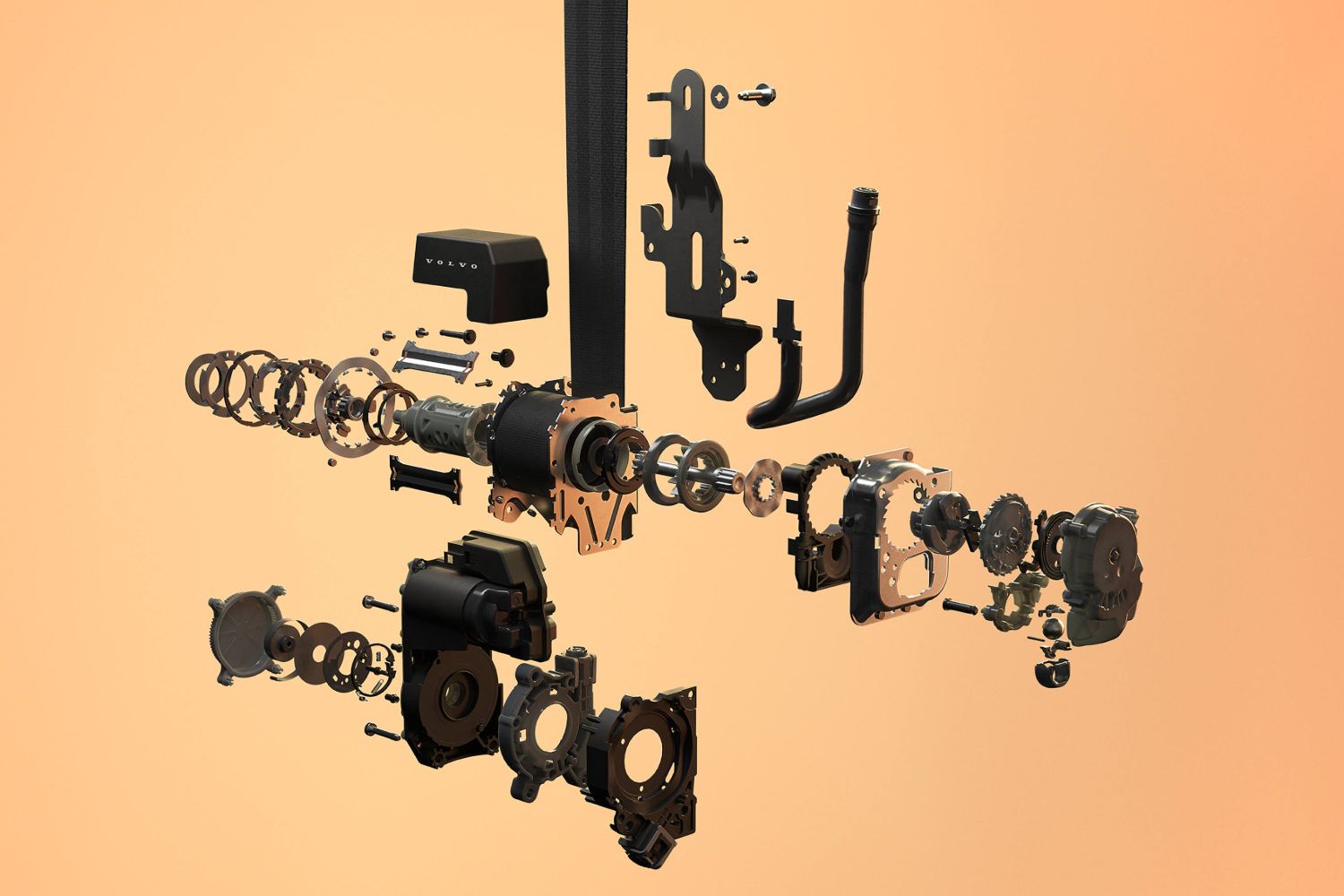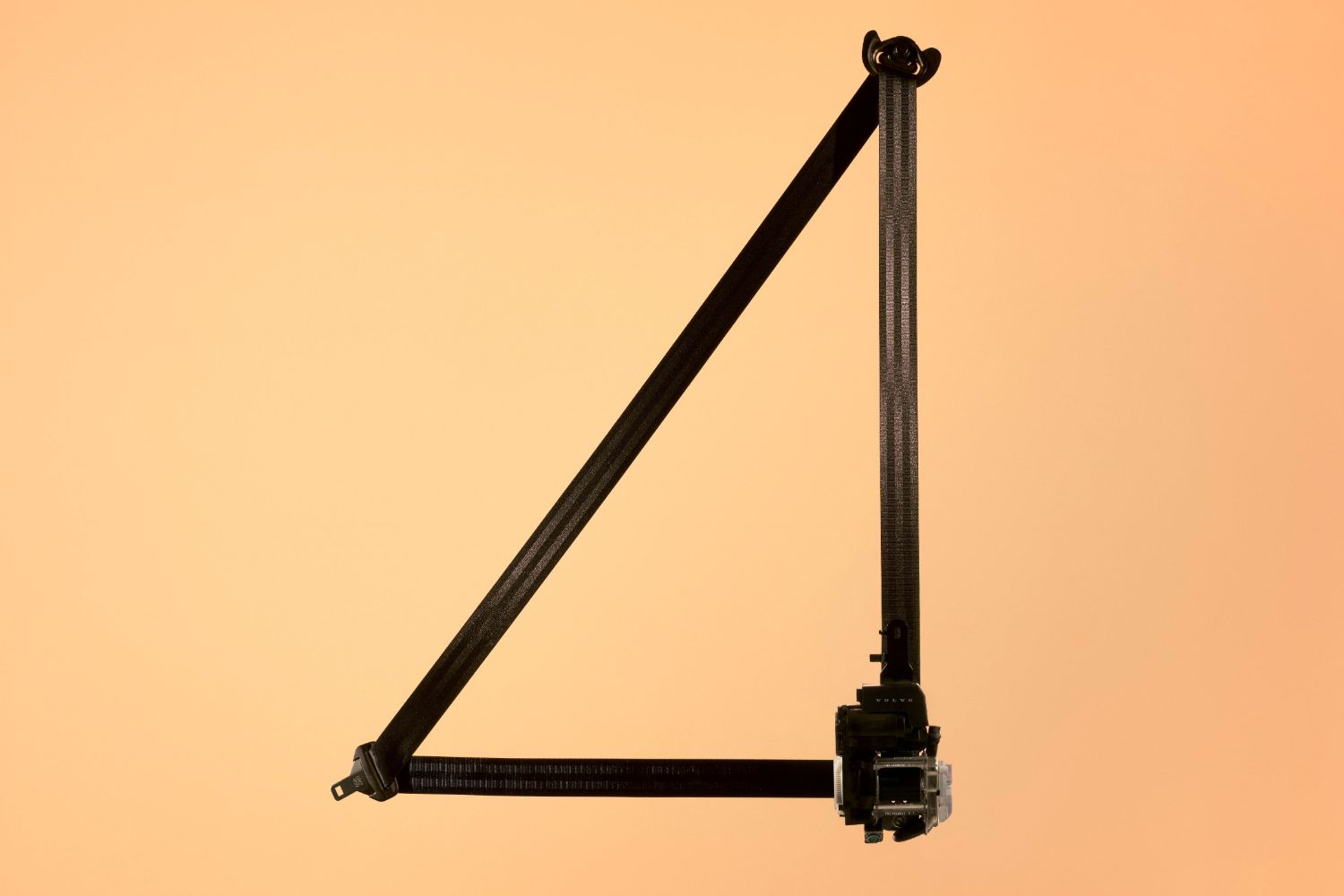Volvo, as most people know, invented the modern three-point seatbelt back in the 1950s when engineer Nils Bohlin took the hopeless lap belt and added a crossover strap, creating a convenient protection device that had some of the qualities of a racing harness. Millions of lives have been saved since, largely thanks to the fact that Volvo never patented the design, leaving it free for others to use.
So what's new about this seatbelt?

Volvo's new creation, the 'multi adaptive safety belt', uses the basic shape of the classic three-point belt, but adds some clever sensor tech to make it even safer.
According to Volvo: “The new multi-adaptive safety belt can use data input from interior and exterior sensors to customise protection, adapting the setting based on the situation and individual's profiles, such as their height, weight, body shape and seating position. For example, a larger occupant in a serious crash will receive a higher belt load setting to help reduce the risk of head injury. While a smaller occupant in a milder crash will receive a lower belt load setting to reduce the risk of rib fractures.”
Not only can this new adaptive belt limit the loads being placed on your body in an accident, it can also get better over time - over-the-air software updates mean that Volvo will be able to feed real-world and lab-testing results into the sensors, making the belt safer again. It also expands the load-limiting profiles from three to eleven, compared to current load-limiting tech, and increases the possible number of settings, enabling it to optimise performance for each situation and individual.
When will the new belt be available?

Volvo plans to launch the new adaptive seatbelt in the upcoming EX60, the all-electric brother to the big-selling XC60 SUV.
"The world first multi-adaptive safety belt is another milestone for automotive safety and a great example of how we leverage real-time data with the ambition to help save millions of more lives," says Åsa Haglund, head of Volvo Cars Safety Centre. "This marks a major upgrade to the modern three-point safety belt, a Volvo invention introduced in 1959, estimated to have saved over a million lives."
How come Volvo's so good at safety?
Part of it is down to being a Scandinavian company with a sensible mindset, but part of it too is that Safety Centre, which celebrates its 25th birthday this year.
The Volvo Cars Safety Centre crash lab was established in 2000, and its able to feed not only the latest engineering and design data into the development of new safety tech, but also real-life data from more than 80,000 actual crashes involving Volvo cars.
Volvo claims that its: “safety engineers can recreate almost any traffic accident and perform tests that exceed regulatory requirements for real-world safety. This multifunctional facility has been essential for Volvo Cars to maintain its position as a leader in automotive safety.”



